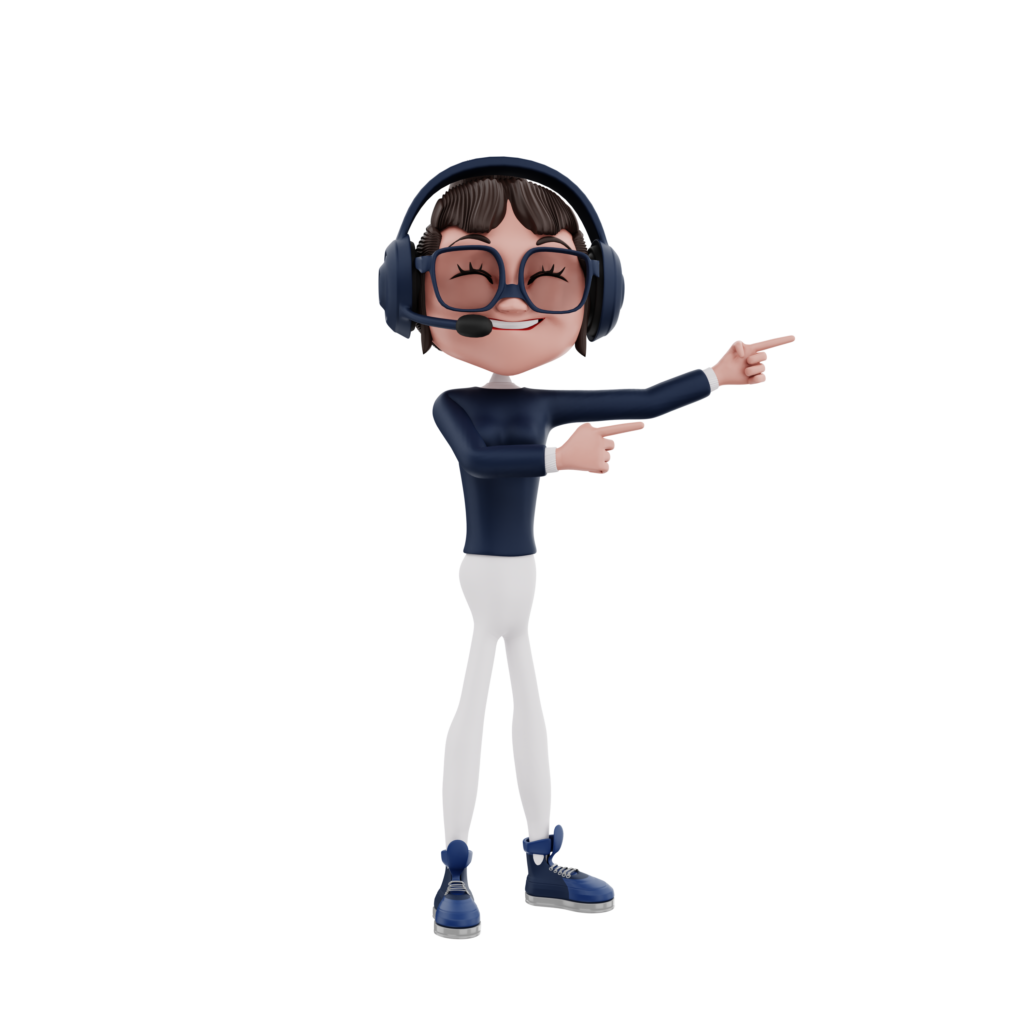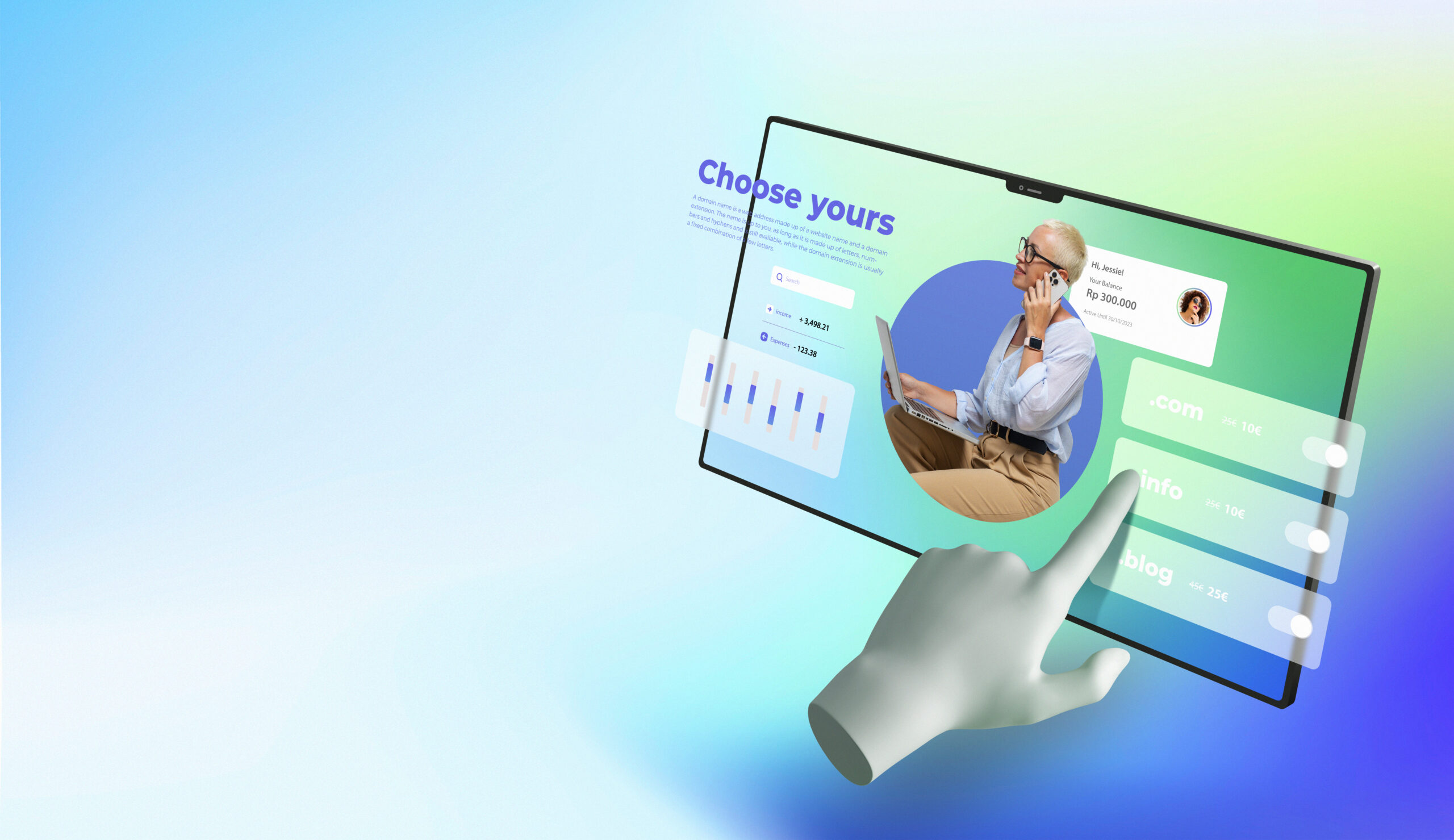Are you feeling burnout? We’ve all been there – you start so excited about a new web design project and then it quickly turns into an exhausting experience with project requests piling up. It can be hard to know when to say no, but learning to recognize your boundaries as a web designer is crucial for professional success and mental health.
So take a deep breath, grab your favorite cup of coffee, and prepare yourself for this ultimate guide on understanding how to set limits in the ever-changing world of web design!
A better website awaits you with our Website Redesign Services.
Know More Than Just ‘Yes’ – Understanding the Power of ‘No’
When it comes to decision-making, many people may feel obligated to say ‘yes’ to everything that comes their way. However, understanding the power of ‘no’ can be just as important as knowing when to say ‘yes’. Saying ‘no’ allows you to set boundaries, prioritize your time and energy, and maintain a sense of control over your life. It can be difficult to say ‘no’, especially for those who fear confrontation or worry about disappointing others.
However, learning to say ‘no’ assertively and respectfully can have a positive impact on your personal and professional relationships. By understanding the value of ‘no’, you can free yourself from unnecessary stress and focus on what truly matters.
Differentiating Between Good and Bad Clients
As a professional, it’s crucial to understand how to distinguish good clients from bad ones. Good clients are typically those who communicate their needs, are willing to pay your rates, and have reasonable expectations. They are respectful of your time and expertise and value your work. On the other hand, bad clients may be uncommunicative, unreliable, or have unrealistic expectations.
They may also try to negotiate lower rates or make unreasonable demands that are not in line with your services. By learning to differentiate between the two, you can save yourself time and stress by only taking on clients who will be a good fit for you and your business.
If you enjoyed this piece, you’ll find our next article equally engaging: The Realities of Burnout in UX Design and Strategies to Counter It. Give it a read!
Setting Clear Boundaries in Your Working Relationship with Clients
Clear boundaries are an essential aspect of any business relationship, particularly when it comes to working with clients. Setting boundaries is not about being difficult or confrontational; instead, it is about being clear, professional, and respectful of both your own time and the needs of your clients. Communicating boundaries effectively can help to avoid misunderstandings, foster mutual respect, and ultimately increase efficiency and productivity.
Whether it’s setting expectations around communication, outlining the scope of a project, or managing timeframes, establishing clear boundaries from the outset is crucial for building positive and effective client relationships.
Sticking to Your Web Design Process and Making it Work for You
As a web designer, it’s essential to establish a process that works for you and stick to it. Having a consistent method helps to streamline your workflow, resulting in more productive work and happier clients. Your process should include steps that fit your unique strengths and weaknesses. Perhaps you’re excellent at creating wireframes but struggle with typography decisions.
Knowing yourself and your skill set well will allow you to create a process that highlights your abilities while minimizing your weaknesses. It may take some experimentation to find the right process, but once you do, sticking to it will benefit both you and your clients.
Defending Your Decisions When Needed Without Getting Pushy
Defending your decisions when needed can be a tricky situation. It’s important to stand up for yourself and your choices, but it’s equally important to do so in a respectful and non-confrontational manner. No one wants to be seen as pushy or aggressive, but sometimes it’s necessary to assert yourself. One helpful strategy is to calmly explain your reasoning and provide evidence to support your decision.
This takes the focus away from you and puts it on the facts. It’s also important to actively listen to the opposing viewpoint and acknowledge their perspective, even if you ultimately disagree. By maintaining a respectful tone and presenting your argument with confidence, you can defend your decisions without getting pushy.
Utilizing Customer Feedback to Gain Insight and Improve Design Outcomes
Customer feedback is a valuable tool when it comes to improving design outcomes. By soliciting feedback from customers at every stage of the design process, designers can gain important insights into how their designs are being received and what improvements can be made to enhance customer satisfaction. Companies that regularly seek customer feedback and incorporate it into their design thinking process are better able to create products and services that meet their customers’ needs and desires.
Through the use of surveys, focus groups, and other feedback mechanisms, designers can gather valuable data on customer preferences and identify areas for improvement. By leveraging customer feedback, designers can create websites that truly resonate with their target audience, resulting in increased customer loyalty and satisfaction.
Conclusion
Saying “no” is tough. But for web designers, it’s a must-know skill. You need to understand your limits in web design. Until you do, taking on more work can make you feel guilty or stretched too thin. When you master this, you can design with real heart. It helps you build strong relationships with clients. Plus, it sets boundaries that reduce stress and boost your work-life balance.
So, tune into your feelings. Think about what’s right for you. Speak clearly, whether it’s a “yes” or a “no.” Are you feeling overwhelmed every month? Exhausted after every project? If so, it’s a sign. Recognize your boundaries. Focus on them, make a plan that lasts, and remember the strength in saying “no.”


